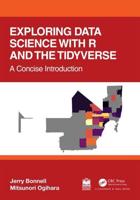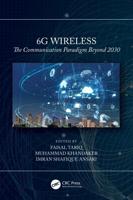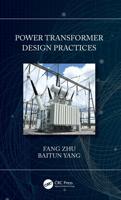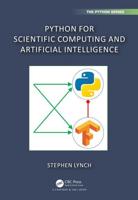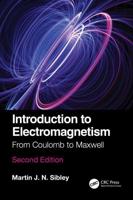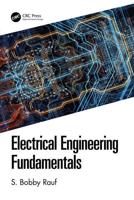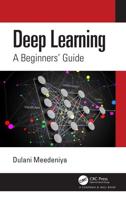Publisher's Synopsis
Introduction to Modern Analysis of Electric Machines and Drives
Comprehensive resource introducing magnetic circuits and rotating electric machinery, including models and discussions of control techniques
Introduction to Modern Analysis of Electric Machines and Drives is written for the junior or senior student in Electrical Engineering and covers the essential topic of machine analysis for those interested in power systems or drives engineering. The analysis contained in the text is based on Tesla's rotating magnetic field and reference frame theory, which comes from Tesla's work and is presented for the first time in an easy to understand format for the typical student.
Since the stators of synchronous and induction machines are the same for analysis purposes, they are analyzed just once. Only the rotors are different and therefore analyzed separately. This approach makes it possible to cover the analysis efficiently and concisely without repeating derivations. In fact, the synchronous generator equations are obtained from the equivalent circuit, which is obtained from work in other chapters without any derivation of equations, which differentiates Introduction to Modern Analysis of Electric Machines and Drives from all other textbooks in this area.
Topics explored by the two highly qualified authors in Introduction to Modern Analysis of Electric Machines and Drives include:
- Common analysis tools, covering steady-state phasor calculations, stationary magnetically linear systems, winding configurations, and two- and three-phase stators
- Analysis of the symmetrical stator, covering the change of variables in two- and three-phase transformations and more
- Symmetrical induction machines, covering symmetrical two-pole two-phase rotor windings, electromagnetic force and torque, and p-pole machines
- Direct current machines and drives, covering commutation, voltage and torque equations, permanent-magnet DC machines, and DC drives
Introduction to Modern Analysis of Electric Machines and Drives is appropriate as either a first or second course in the power and drives area. Once the reader has covered the material in this book, they will have a sufficient background to start advanced study in the power systems or drives areas.



